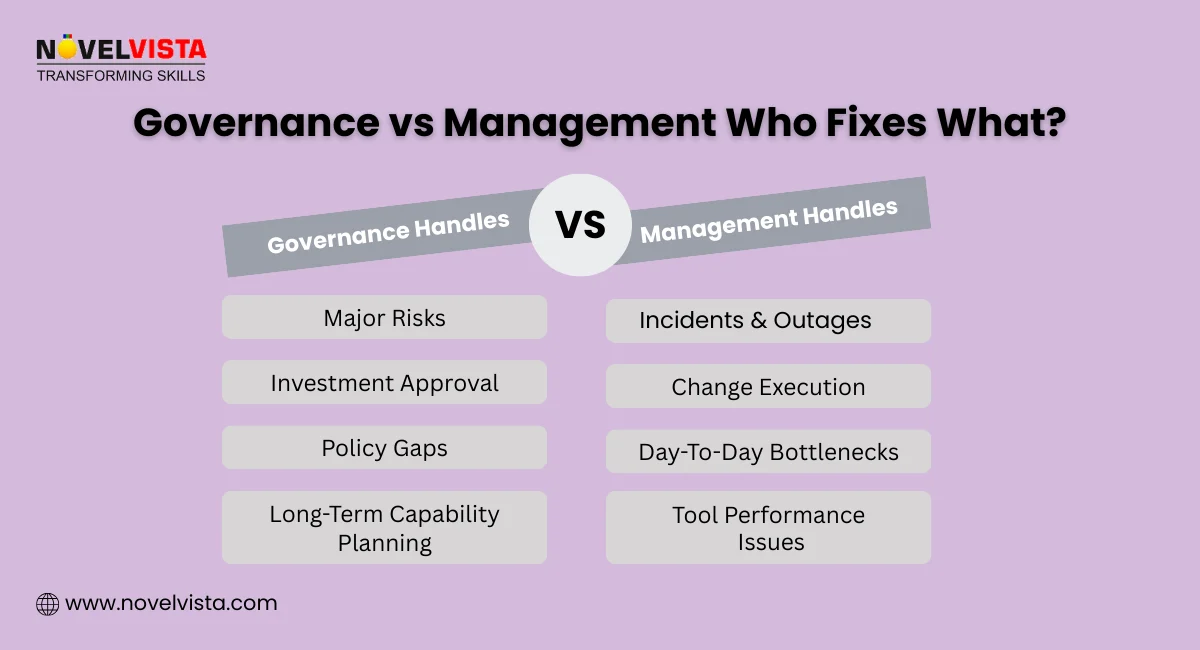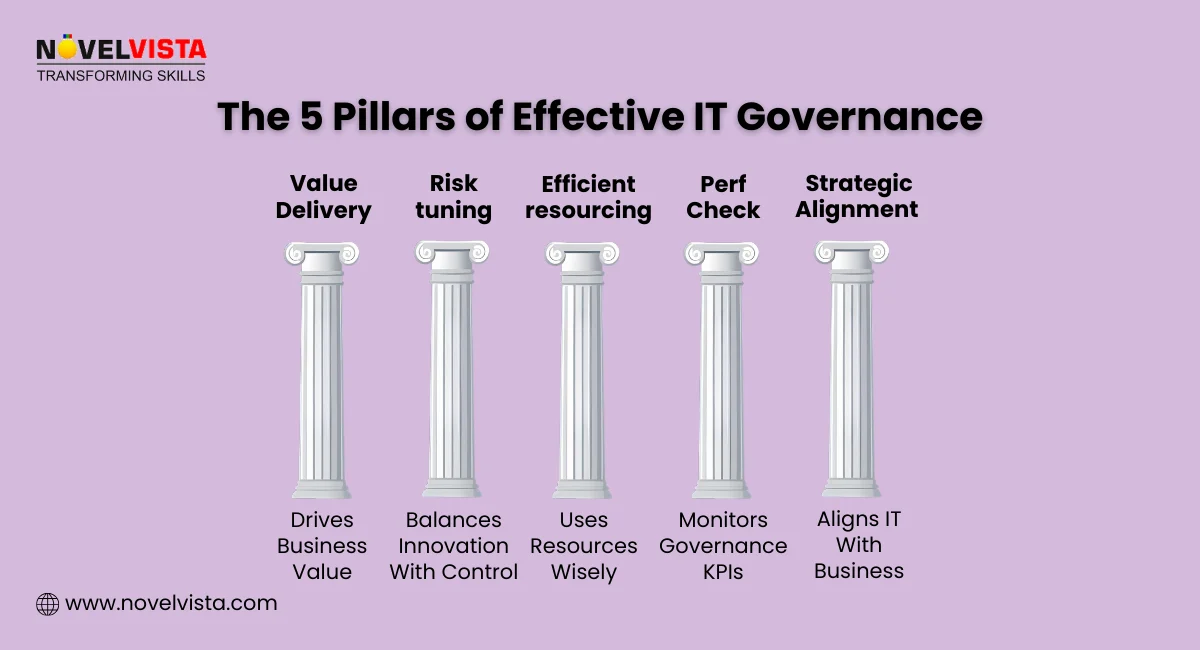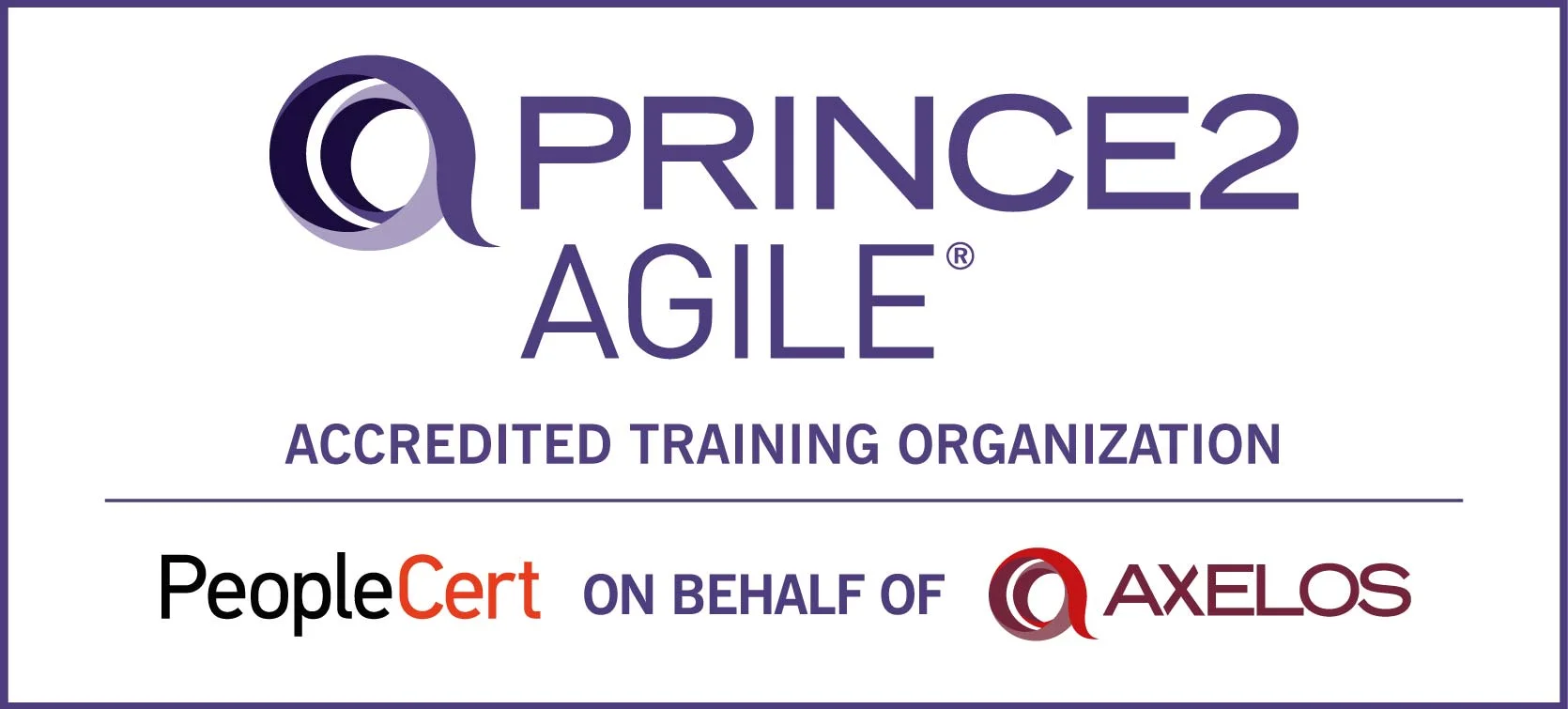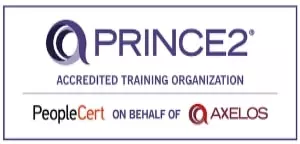- Understanding IT Governance vs IT Management
- Clear Definition of IT Governance vs IT Management
- Roles and Responsibilities in IT Governance vs IT Management
- Frameworks Supporting IT Governance vs IT Management
- Scope and Time Horizon in IT Governance vs IT Management
- Organizational Impact of IT Governance vs IT Management
- Best Practices for Aligning Governance and Management
- Conclusion
- Next Step
Understanding IT Governance vs IT Management
Most companies want their technology to support the business, reduce risks, and create value. But that only happens when they understand what IT Governance vs IT Management actually means. These two areas sound similar but play very different roles. One decides where the organization is going. The other decides how to get there. Without this clarity, even strong IT teams struggle.
Governance provides direction and control. Management handles execution and operations. When these get mixed, strategies fail, or daily work becomes disconnected from business goals. That’s why this article focuses on simplifying the difference IT Governance vs IT Management so you can spot gaps and fix them early.
Clear Definition of IT Governance vs IT Management
To make things easy, here’s a simple view of both:
- IT Governance: Sets direction, ensures decisions support the business, manages long-term value and risks, and creates accountability at leadership levels.
- IT Management: Runs operations, manages IT services, solves issues, completes tasks, and ensures technology works well every day.
Below is a clean comparison to show how different they are:
Comparison Table: IT Governance vs IT Management
Area |
IT Governance |
IT Management |
Purpose |
Guide long-term technology decisions and value creation |
Deliver IT services and run daily tasks smoothly |
Scope |
Organization-wide direction, policies, and controls |
IT operations, service delivery, and performance |
Ownership |
Boards, CIO, senior leadership |
IT managers, engineers, service teams |
Focus Areas |
Strategy, value, risk, compliance |
Operations, workflows, incidents, improvements |
Decision Authority |
High-level, long-term, policy-based |
Tactical, day-to-day, operational |
Tools & Frameworks |
COBIT, ISO 20000 governance models |
ITIL, automation tools, IT service systems |
Risks Addressed |
Long-term business risk, compliance risk |
Operational failure, service downtime, process gaps |
Expected Outcome |
Better alignment, value realization, and responsible IT decisions |
Stable services, good performance, reliable delivery |
We’ve seen this contrast play out in real environments. Teams that clearly separate governance and management usually report fewer escalations, better documentation, and a noticeable drop in firefighting. On the other hand, organizations that mix both layers often end up with slow decisions, unclear accountability, and repeated service issues.
Roles and Responsibilities in IT Governance vs IT Management

Another mistake many organizations make is assuming both areas are handled by the same people. They aren’t.
Who Handles IT Governance?
Governance lives at the top level. It involves:
- Boards setting expectations and approving long-term IT direction
- Senior leaders defining policies and performance goals
- Executive teams ensuring alignment with business needs
- Oversight groups reviewing risks, investments, and compliance
These teams don’t solve incidents or run services. Their job is to make sure the organization is moving in the right direction and staying safe.
Who Handles IT Management?
Management turns governance decisions into action:
- IT managers translating strategy into tasks and processes
- Operations teams handling incidents, service delivery, and performance
- Engineers managing systems, security, assets, and updates
- Service desk teams ensuring smooth daily operations
Both layers depend on each other. Governance gives purpose. Management gives results. When both are strong, technology supports the business without surprises.
Frameworks Supporting IT Governance vs IT Management
Frameworks help bring structure to this relationship. Many companies depend on them because they remove guesswork.
ISO 20000
ISO 20000 shows how strategy and operations work together. It guides organizations on establishing policies at the governance level while ensuring service management teams handle actual delivery. It helps both layers talk in the same language.
COBIT for Governance
COBIT is known for strengthening governance. It supports leadership with controls, decision models, and guidance for risk, value, investments, and accountability.
ITIL for Management
ITIL supports IT management teams. It helps them handle workflows, incidents, service requests, performance, and improvements.
Together, these frameworks build a well-rounded structure, one that links strategy with execution and ensures nothing falls between the cracks.
Want a deeper dive into how ITIL, COBIT, and ISO 20000 differ? Here’s a detailed blog that breaks down all three frameworks and shows exactly when to use which approach.IT Governance vs Management Daily Checklist
A Practical Guide to Keep Your IT Operations Aligned,
Efficient & Audit-Ready
Scope and Time Horizon in IT Governance vs IT Management
The easiest way to understand the gap between both the areas is to look at how they view time and scope. Governance always looks at the bigger picture, while management focuses on keeping everything running without disruption.

How Governance Sees Time & Scope
- Governance teams think long-term because their decisions influence the entire organization.
- They shape policies, major investments, risks, and future goals to make sure technology moves in the right direction.
- Their work impacts the whole company, not just the IT department, which is why strategic clarity matters so much.
How Management Sees Time & Scope
- Management teams stay focused on daily and weekly operations because they ensure services stay stable.
- Their job is to fix issues quickly, deliver support, follow processes, and improve performance where needed.
- Their actions bring governance plans to life through real tasks, real tools, and real execution.
This difference in time and scope is something we often highlight during governance and auditor training sessions. Leaders think in terms of long-term safety, value, and compliance. Managers think in terms of uptime, SLAs, and issue resolution. When both groups respect these perspectives, the organization benefits from stable operations and smarter strategic decisions.
This split makes IT Governance vs IT Management easy to understand: one sets the destination, the other drives the vehicle safely every day.
Organizational Impact of IT Governance vs IT Management
When governance and management work well together, everything becomes smoother, for decision-makers, teams, and customers.
Positive Impact of Strong Alignment
- Clear governance helps teams understand why certain decisions matter, making it easier to prioritize tasks without confusion.
- Risks such as compliance gaps, budget issues, or security failures are spotted earlier and handled in a structured way.
- IT performance improves because management teams know exactly what outcomes leadership expects.
What Goes Wrong Without Clarity
- Teams end up chasing random tasks without understanding long-term goals, which leads to poor results.
- Compliance issues rise because no one knows who is responsible for which layer of decision-making.
- Service delivery becomes slow and inefficient because management teams lack direction or proper checks.
This is why defining IT Governance vs IT Management is not just a concept, it has real consequences on service quality, cost, risk, and customer trust.
Best Practices for Aligning Governance and Management
A strong IT environment depends on both sides acting together. Here are simple but effective practices that help organizations stay aligned:
1. Define Roles and Responsibilities Clearly
When everyone understands who handles policies, who manages operations, and how decisions flow, teams avoid overlaps and confusion. A clear structure also helps new members understand their responsibilities faster.
2. Use ISO 20000 IT Governance vs IT Management Guidance
ISO 20000 helps organizations build the right bridge between strategy and service delivery. It guides leaders on governance and gives management teams the workflows they need. This reduces gaps, improves communication, and ensures outcomes match expectations.
3. Strengthen Collaboration Between Both Layers
Governance leaders and IT managers should meet regularly to review progress, risks, and priorities. When both sides exchange information often, strategies stay practical, and operations stay aligned with business goals.
4. Establish Feedback, Metrics, and Continuous Review
Governance sets performance expectations, but management provides the real data. Using shared metrics, dashboards, and regular reviews keeps everyone aligned. It also helps organizations respond faster when risks change or technology evolves.
These practices reflect what we apply during training engagements. Clear roles, structured reviews, shared metrics, and practical workflows always lead to stronger alignment. When both governance leaders and IT managers follow these habits, decisions become faster and daily work becomes easier to manage.
Conclusion
The difference between strategy and execution shapes how well a business uses its technology. Clear governance gives direction and protects the organization from long-term risks, while strong management ensures smooth operations every single day. When these two areas work in sync, IT becomes reliable, aligned, and ready to support business growth. Understanding IT Governance vs IT Management is one of the simplest ways to remove confusion and build a stronger IT setup.
Everything explained here comes from real interactions with IT teams across different maturity levels. Whether it’s new service managers learning how governance works, or senior leaders understanding operational challenges, the same message stands, clarity between governance and management leads to smoother, safer, and more predictable IT performance.
Next Step
If you want to master how governance and service management work together, the right training can make all the difference. NovelVista’s ISO 20000 Lead Auditor Certification Course helps you understand governance, operational workflows, audits, and service quality at a deeper level. It gives you hands-on skills, real case studies, and expert guidance so you can create real impact in your organization. A great choice if you want stronger roles, better clarity, and a future-ready IT career.
Frequently Asked Questions
Author Details

Mr.Vikas Sharma
Principal Consultant
I am an Accredited ITIL, ITIL 4, ITIL 4 DITS, ITIL® 4 Strategic Leader, Certified SAFe Practice Consultant , SIAM Professional, PRINCE2 AGILE, Six Sigma Black Belt Trainer with more than 20 years of Industry experience. Working as SIAM consultant managing end-to-end accountability for the performance and delivery of IT services to the users and coordinating delivery, integration, and interoperability across multiple services and suppliers. Trained more than 10000+ participants under various ITSM, Agile & Project Management frameworks like ITIL, SAFe, SIAM, VeriSM, and PRINCE2, Scrum, DevOps, Cloud, etc.
Course Related To This blog
ISO 20000:2018 Lead Auditor
Confused About Certification?
Get Free Consultation Call









